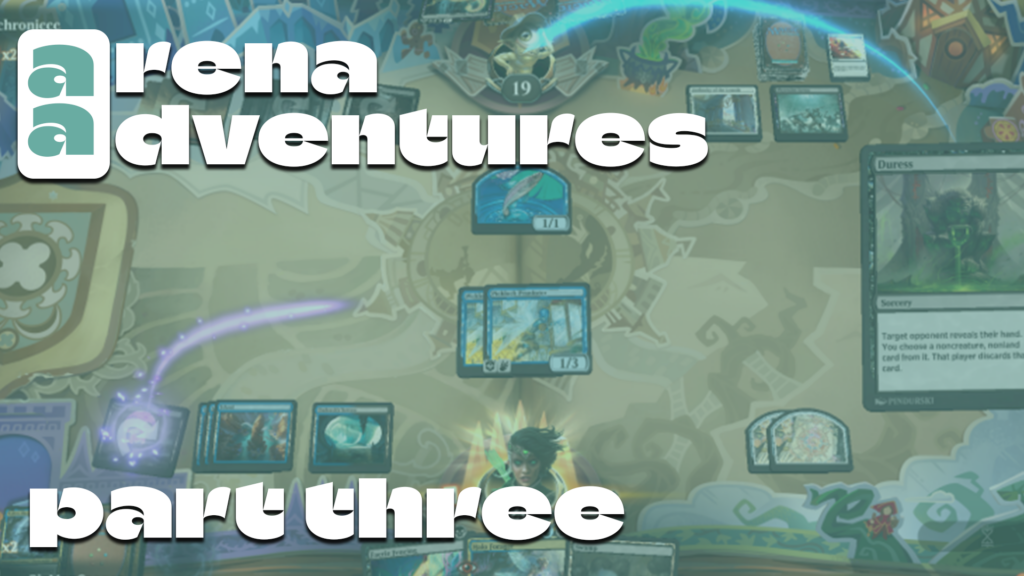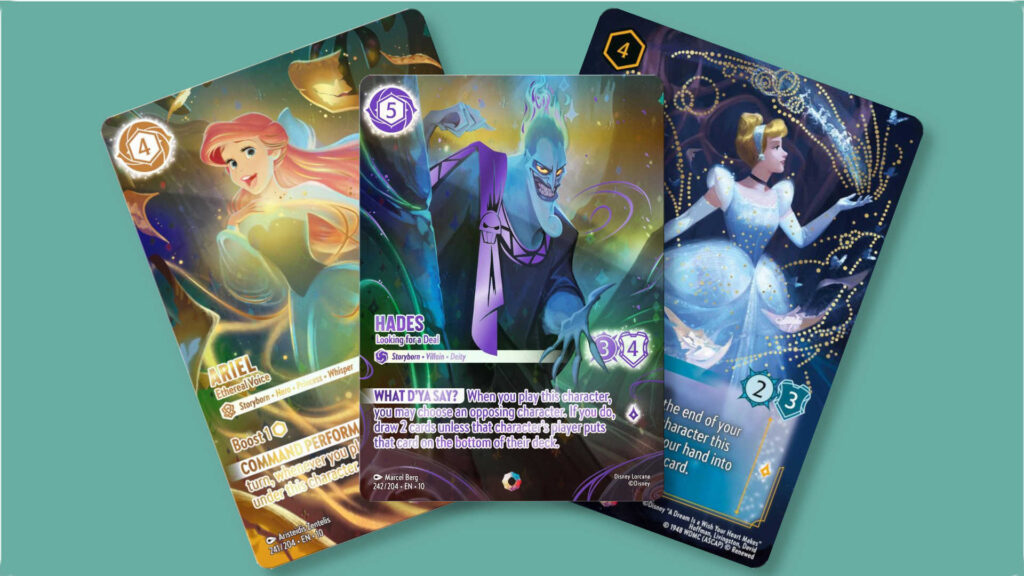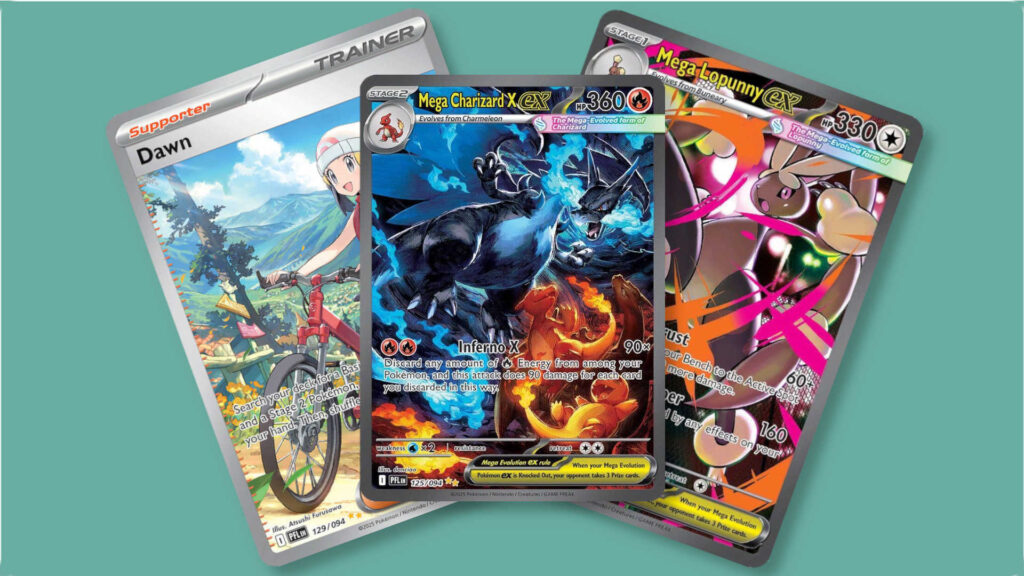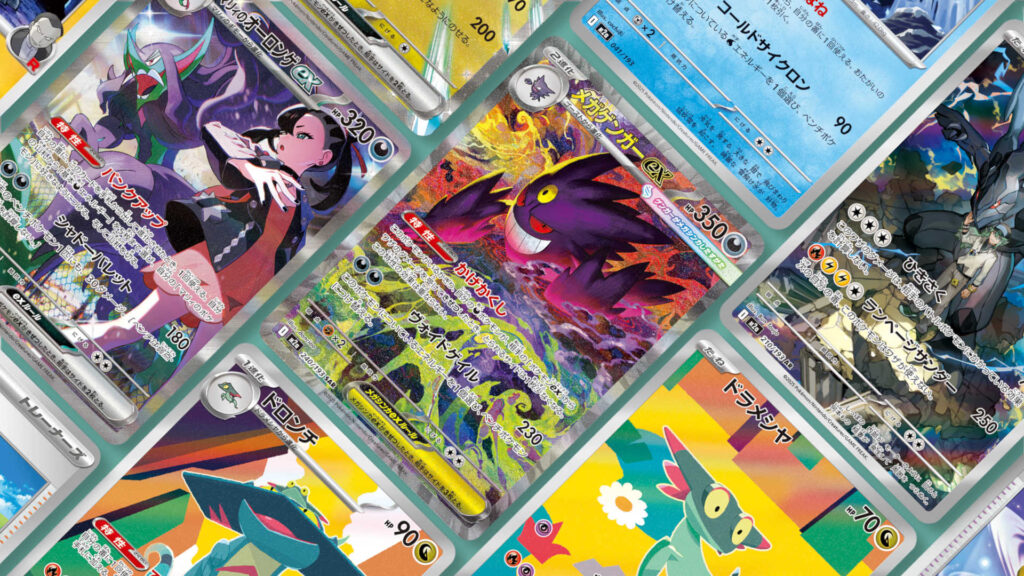Hello there! Welcome back to Arena Adventures, the series where I climb up the Arena ladder and take you along with me. Last article, I got to Platinum and had some plans to improve my deck. To kick us off, I’d like to talk about those changes.
Table of Contents
ToggleNo Ifs, Ands, or Cuts About It…
Roaming Throne
This card is good… in Commander. It’s very much a win-more card, only working well if you either have a ton of one creature type on board or enough mana to get a ton of one creature type in the following turns. In a 40-life, 100-card singleton format where casting a four-drop that doesn’t immediately impact the game and passing the turn is OK, this card is good. But, by my estimation, it’s not built for the 60-card world.
Faerie Slumber Party
Cool name! Not a super cool card. Again, this is better in Commander. It wipes the board while providing six flying 1/1s. But, in Standard, it’s a slow sweeper that only provides two tokens. It’s just not good enough for the deck.
Sleight of Hand
This card just doesn’t do much of anything. Sure, it lets you see an extra card, but I’d rather fill this slot with interaction to prevent my opponent from winning the game.
Snaremaster Sprite
This card definitely has its place. As a one-mana Faerie, it makes Faerie Fencing and Spell Stutter much better starting on just turn two. But, it’s a 1/1 with an underwhelming effect on its own. I think this slot is better filled with more interaction (or just better creatures).
Shoot the Sheriff
I know, I’m contradicting myself here. Just two weeks ago I was excited to put this card in the deck. Now I’m taking it out. Turns out, I was wrong! A lot of the best creatures in Standard just so happen to be outlaws. And, when they hit the board, this is pretty much a dead card. It does nothing. I’ll be subbing it out for a slightly better conditional removal spell I’ll talk about soon.
Sleep-Cursed Faerie
I was so excited about this card in the beginning. It’s a one-mana 3/3! With flying! And ward! But, even if this hits the board on turn one, it’s too slow. It’ll get removed by an opponent the instant it becomes a threat, and it’s usually too hard to make it untap if drawn after the game’s start. I’m sad about it, but this sleepy guy can keep sleeping.
Mocking Sprite
My logic for this cut is similar to my logic for the Roaming Throne cut. This card does nothing on its own, and is liable to just be removed by an opponent who sees that it presents a threat to their game plan. Overall, it’s not good enough.
Quick Study
Divination (a classic card-advantage piece), even at instant speed, is a bit too slow. If this cost two mana, or had some Faerie synergies built-in, I’d be a lot happier with this card.
Barrow Naughty
While the lifegain this creature provides has helped me out of a few sticky situations, it just isn’t good enough the majority of the time. I’d prefer a Faerie that provides card advantage, or just a removal spell to ensure my life total doesn’t get that low in the first place.
Soured Springs and Two Islands
These cuts were made to make room for some new additions to the land base of this deck. They’re not terrible, I just found some better options!
Bad Add-ittude
Into the Flood Maw
This is a great card. It bounces creatures at instant speed with no drawback (see: unsummon), but has the added benefit of being able to bounce anything for the price of a 1/1 token. This is a quality removal spell that I’m happy to include.
Picklock Prankster
This is an all-star in this deck. It’s a cheap Faerie (makes Spell Stutter and Faerie Fencing better), fills the graveyard (good for one of my next additions), and gives access to more cards (good in general). I’d play more than four copies of this if I could.
Halo Forager
This is the addition that cares about the graveyard! This card doesn’t look amazing on its face, but it has a lot of utility here. It can let me reuse an interactive spell, or steal one of my opponent’s best spells. I may end up cutting it later, but for now I’m adding it as a little experiment.
Ego Drain and Duress
These are two sides of the same coin: spells that get my opponent’s best cards out of their hand. I went with two of each of these, because each has a slight drawback. I’m hoping that, by including some of each of these, I’ll be able to get around those negatives throughout the course of a game.
Cut Down
This is the other, better conditional removal spell I was talking about. While it can’t hit large-bodied threats like Sheoldred the Apocalypse, it can get rid of some smaller threats like Unstoppable Slasher. It’s a better option, largely because it costs less mana than Shoot the Sheriff.
Another Copy Each of Talion, the Kindly Lord and Talion’s Messenger
These cards were really good while I climbed up to Platinum on the ranked ladder, so I added another copy of each of them. It can be argued that they’re too big of a mana investment for too little immediate payoff, but I’m ignoring those concerns for now. Talion (and his messenger) are here for at least another article.
Faerie Mastermind
This is a super cool card, one of my all-time favorites! It’s a two-power flying creature that will probably draw 4-5 cards over the course of a game if it lands on the board early. I’m a big fan of this card in all formats it’s legal in, and Standard is no exception!
After all of those cuts and additions, this is how the decklist stands:
View this decklist on Archidekt
The Blame Game
This week, instead of going straight to the ranked ladder, I’m trying something a little bit different. I’m trying my hand at the “Standard Event,” where I can win some awesome prizes (including the ability to play in a higher-level Magic tournament). To win, I would need to string together several wins in the event without losing more than three times. So, let’s talk about what happened.
In game one, I won against Azorius (blue-white) Soldiers! The deck folded when a few of their higher-cost creatures were removed, and just couldn’t survive into the late game.
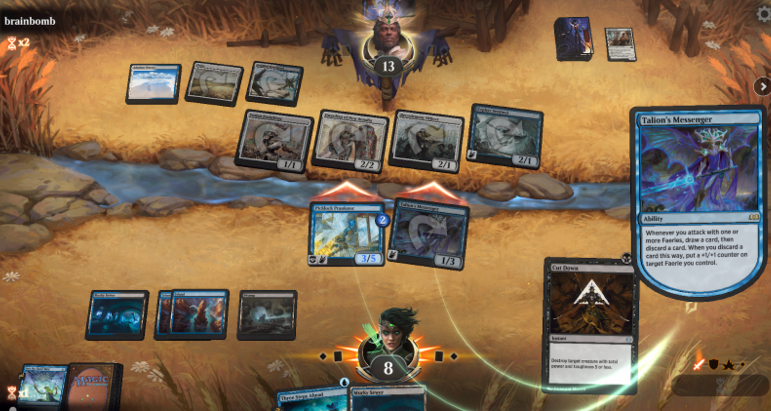
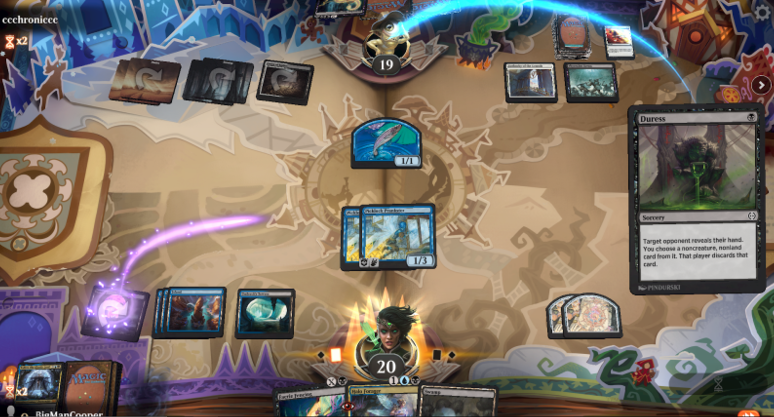
ithout enough lands to play, and wasn’t able to overcome the sheer amount of mana my opponent had put on board. Then, in a mirror match against Dimir (blue-black) Control, I lost after my opponent hit me a few times with a big Archfiend of the Dross.
I tried jumping into the event again, and unfortunately lost, again. I played against a lot of decks that just had better cards, from Sheoldred, the Apocalypse to Ghalta, Stampede Tyrant. If I didn’t have mana open for a counterspell at the right time, I was just completely out of the game.
But, even though I lost the event, I learned a lot about the weaknesses of my version of Dimir Faeries. Cards like Talion’s Messenger are a little too slow and Commander-value-engine-like for this format. Dimir Faeries also struggles to deal with large boards of small creatures effectively. If I had access to white mana, something like Split Up would be fantastic. But, I don’t. So, I’ll try to come up with solutions to the two problems I identified: 1) inability to deal with a wide board state (one that has a lot of creatures on it); and 2) value engines that are too slow and susceptible to removal.
Nasty End
To end this edition of the series, I climbed up to Plat 3. In this segment of the ranked ladder, I found myself faced against the same deck over and over and over again: black-based lifegain. Foundations and Duskmourn gave a lot of new life to this strategy, with Bloodthirsty Conqueror and Enduring Tenacity being in about 50% of all decks I saw here.
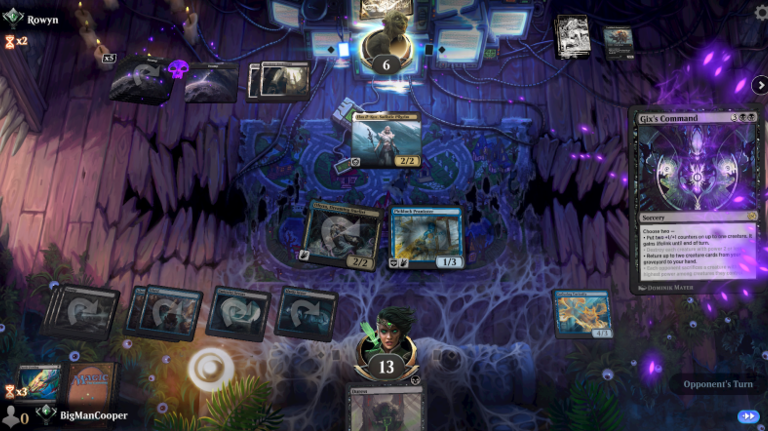
Even after climbing up a few sub-ranks, my opinions about this deck haven’t changed much. I learned some valuable lessons from the Standard Event, and I plan to integrate them soon. But, to hear about those, you’ll have to come back next time! See you in two weeks, with a hopefully stronger deck!
Continue to Arena Adventures Part Four here!
If you like playing Magic on Arena, you might like Hearthstone as well! Go check out our great new content for that game here.

